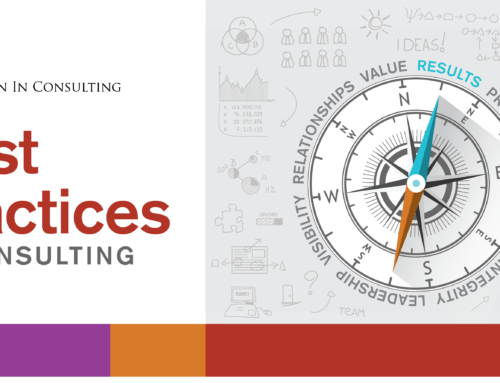Chaos often breeds life, when order breeds habit.
Henry B. Adams
Making babies is surely the epitome of human creativity, the closest we can get to fulfilling our destiny—having been created in the creative image of God. Yet the baby-making process does not seem to be characterized by orderliness, in any dimension.
And neither is baby-birthing. In 1975, through a series of circumstances too convoluted and unbelievable to describe here, I had the signal blessing of being the “catcher” at a live birth. (The person whose coming-out party it was is now a beautiful and accomplished woman; my inexperience and ignorance do not seem to have harmed her.) I have since compared notes with others who have been similarly blessed, and can say with some confidence that it, too, is messy, scary, and glorious.
These two plot points in the human epic—conception and birth—correspond to phases in the process of innovation or invention. The conception of an idea or an invention is mystical, hormonal, instinctive; intellect may play a role, but it rarely dominates. Circumstances must be just right, or things simply don’t work. And of the millions of seminal thoughts, only one fertilizes the egg of anticipation.
In human life, once fertilization has taken place, a supernal dynamic, a heavenly rhythm, takes hold. Everything in the womb, and in the womb-bearer, is rearranged to serve the needs of the growing life. Indeed, all of society (if it’s healthy) bends to smooth the path of mother and unborn child.
In healthy organizations, people pregnant with ideas are treated similarly. There is general recognition that the life of the organization depends on bringing healthy ideas to fruition, and so it is wise to nurture those who bear them.
Throughout the gestation period, all of nature pulses warmly in accelerating song, culminating in the contractions that, when they are fulfilled, press out into the world the miracle that has been gaining form and strength in the womb.
An idea whose time has come is like that. There is a certain inevitability to it; to stop it is like aborting a child, and the loss and pain are immeasurable.
Everywhere I go in my consulting practice, I see creative horrors: Aborted ideas, seed spilled on the ground with nothing to fertilize, eggs of opportunity waiting—waiting, and shriveling away.
The way we nurture human creativity has to change. The global economy is here. You can already order and pay for things on the Internet, which is accessible from the remotest corners of the globe. You want to compete? Productivity, which I frequently preach from my various “pulpits,” only works if you have birthed a live product. We must nurture innovation and innovators; we dare not trust to some delusional Darwinian process to bring “worthy” ideas and products forth. We must cultivate them.
True innovation is organic, and as such it will be messy and scary—because it is largely unpredictable—and glorious. The glory of fulfillment, however, lies beyond the mess and fear—which is why so few find it.
There is another kind of apparent growth, that of crystals in supersaturated solutions, that is much more appealing. Crystals are so beautiful, so orderly! But they are sterile. Put two crystals together, and you have two crystals. Period. They “grow” only on what is already there, and take forms that are already well-known.
If you want innovation, you must pursue it through Life, not Order. Life is messy. Crystalline structures are orderly. But beware, the converse is not true: Disorder does not imply life.
One example is the disorder that was in my new office: it was not conducive to innovation. For a month, I had an organizational consultant advising me and working with me. She did not bring about crystalline order. Rather, she insisted that I define what I need in order to be creative and productive—and moved everything else into places where it won’t distract me.
My work surfaces are clear, except for the one task on which I’m focusing at any given moment. Everything else is scanned into Evernote, except for a diminishing number of documents in folders, nearby, ready to take the stage on cue.
Across from me, on top of a bookcase, in a pleasant jumble, are pictures of my wife, my children, my sixteen grandchildren, and some close friends. They remind me of what I am working for.
I used to keep standard references—dictionaries in several languages, a couple of encyclopedias, books of poetry, books on writing, business books. Those are now all on-line.
In sum, I now have an organic process that maintains my fertile order-in-disorder. I deal with my in-basket as soon as I come to my desk, especially if I’ve been away for a while. And I clear my desk at the end of every day.
So what’s your work environment like? Sterile order? Infertile disorder? Or fecund organic mess?
Image source: 123rf.com/profile_peshkova









Thanks for your post! I find I am creative among the mess, but most productive with a short list of priorities in front of me. Sort of like putting tunnel vision on to ignore the mess so that I can move forward toward my goals. I coach women and men who want to overcome technology boundaries to achieve their business goals. I find my clients have many ways of finding their creative “environment”. Your post was a great way to more clearly understand how others work…and alternatives to what they are currently doing. This will help me in my coaching.